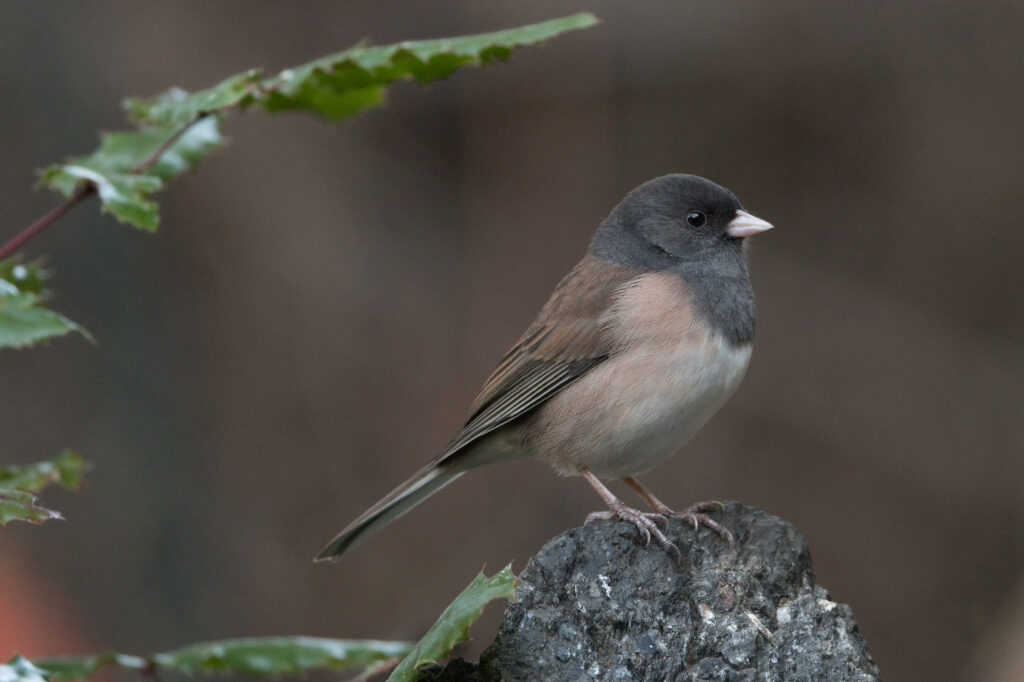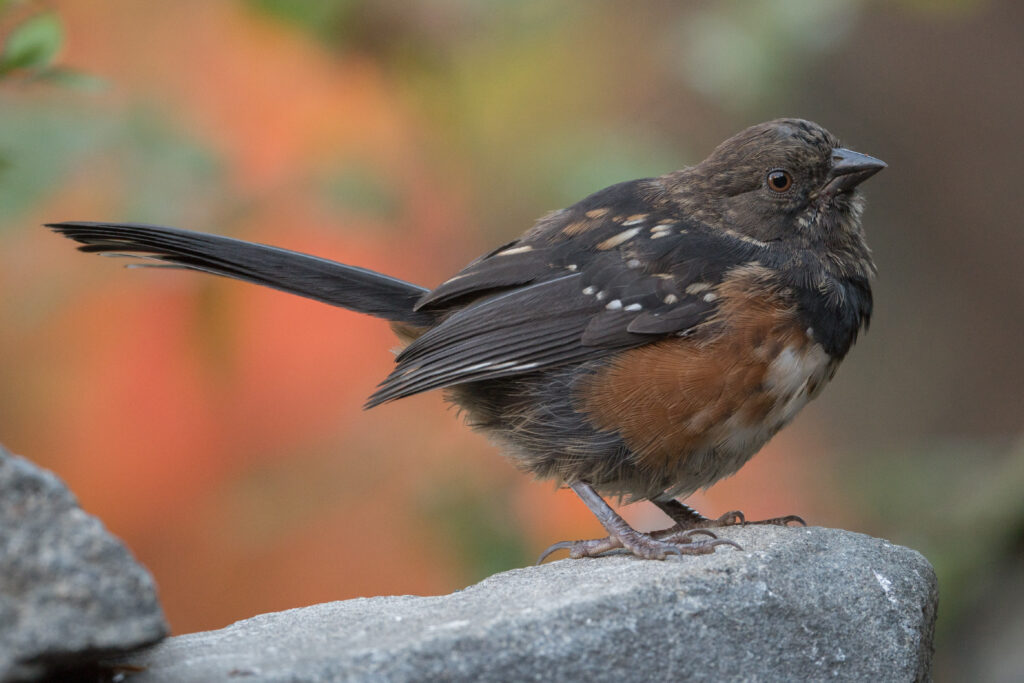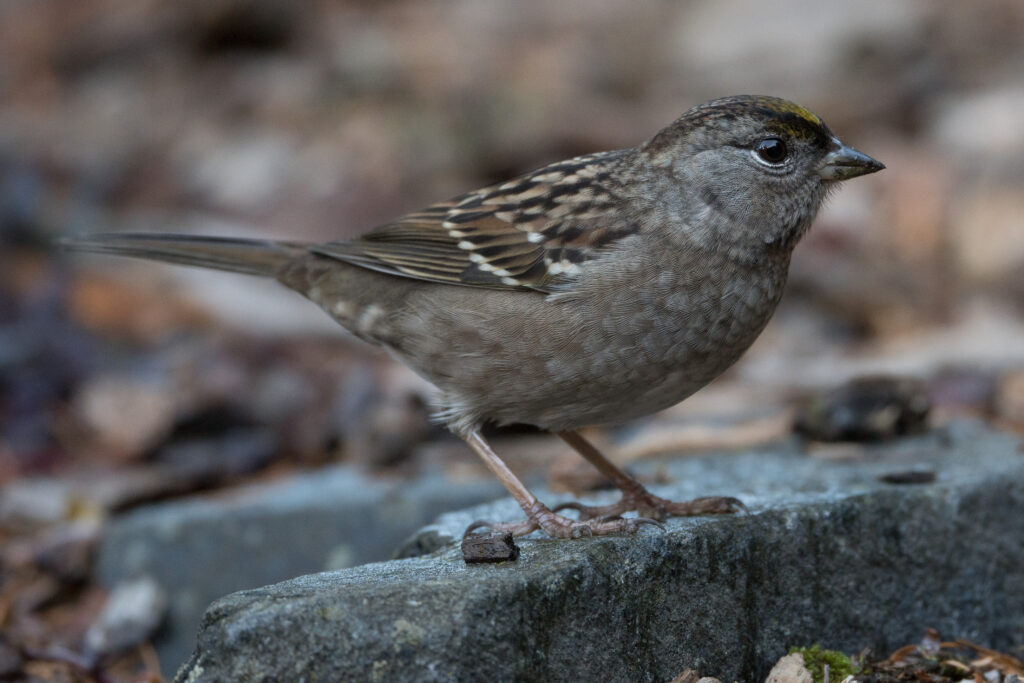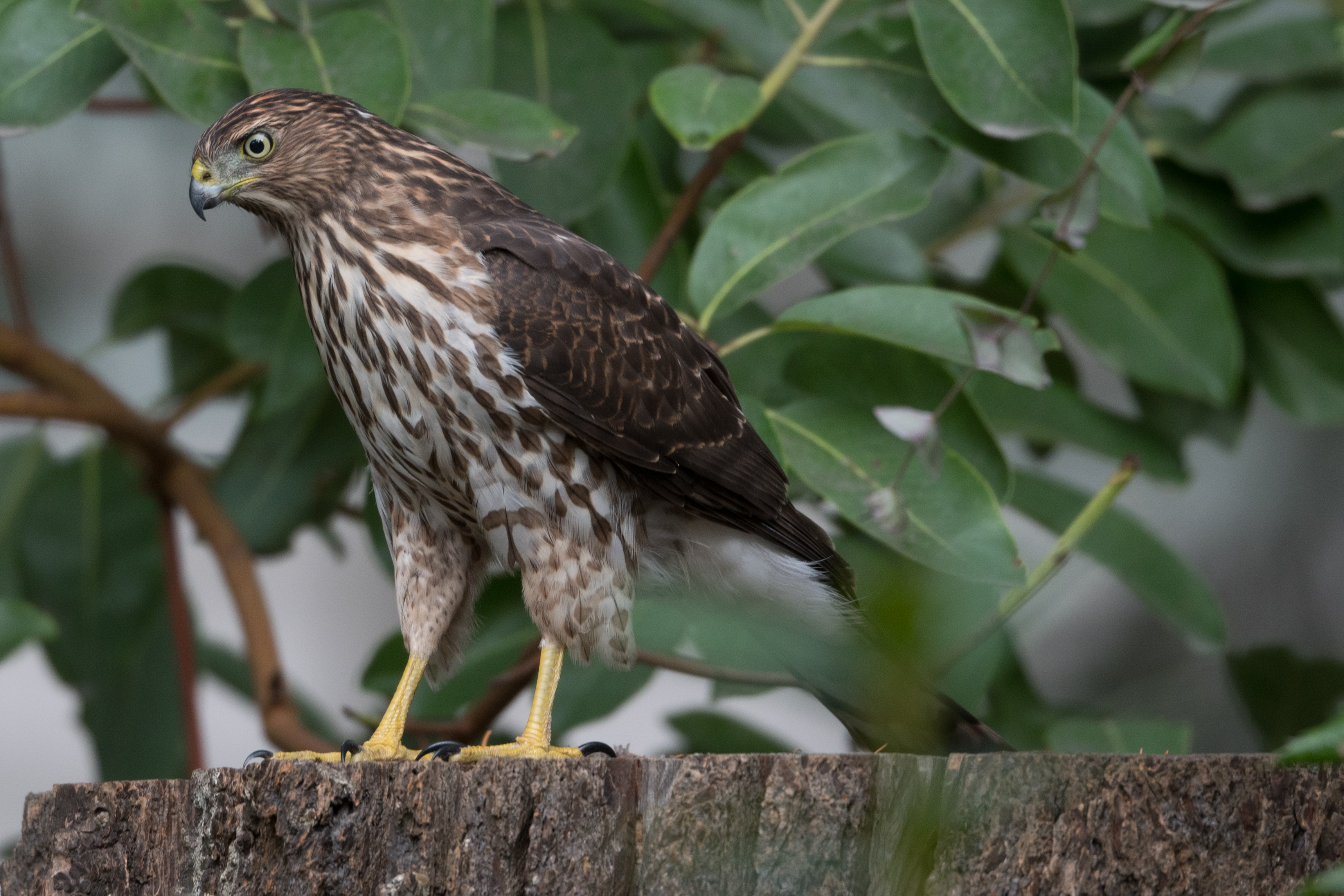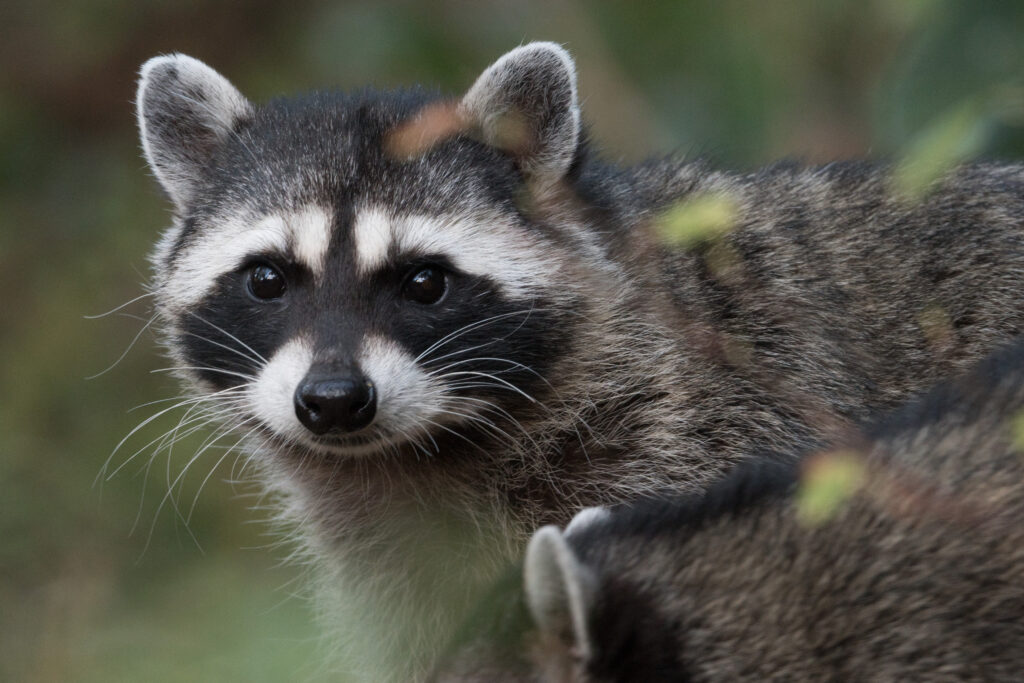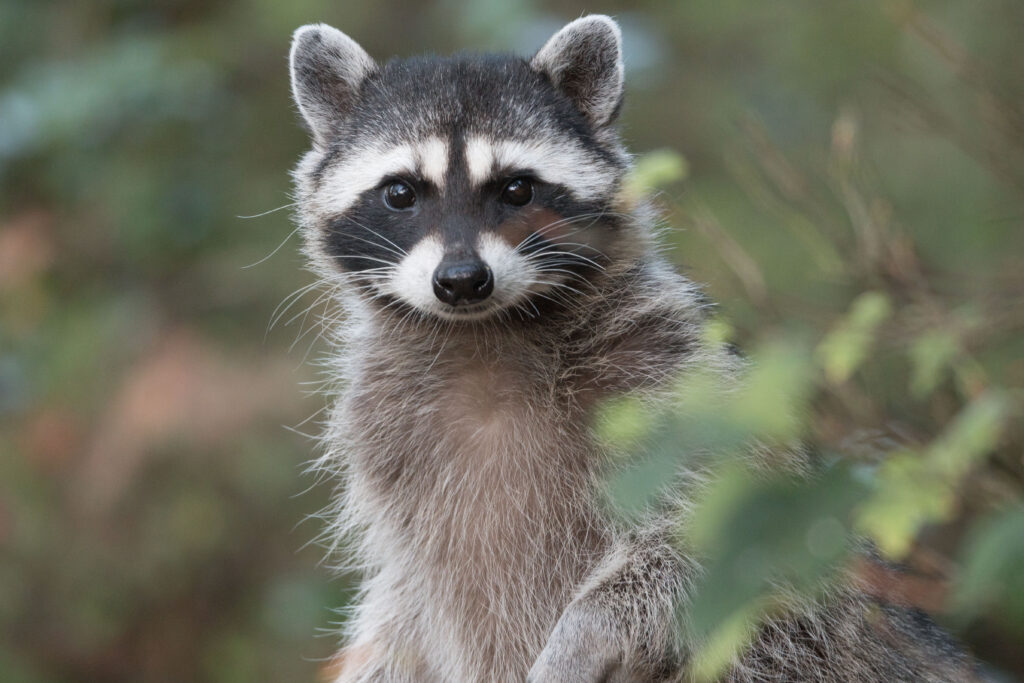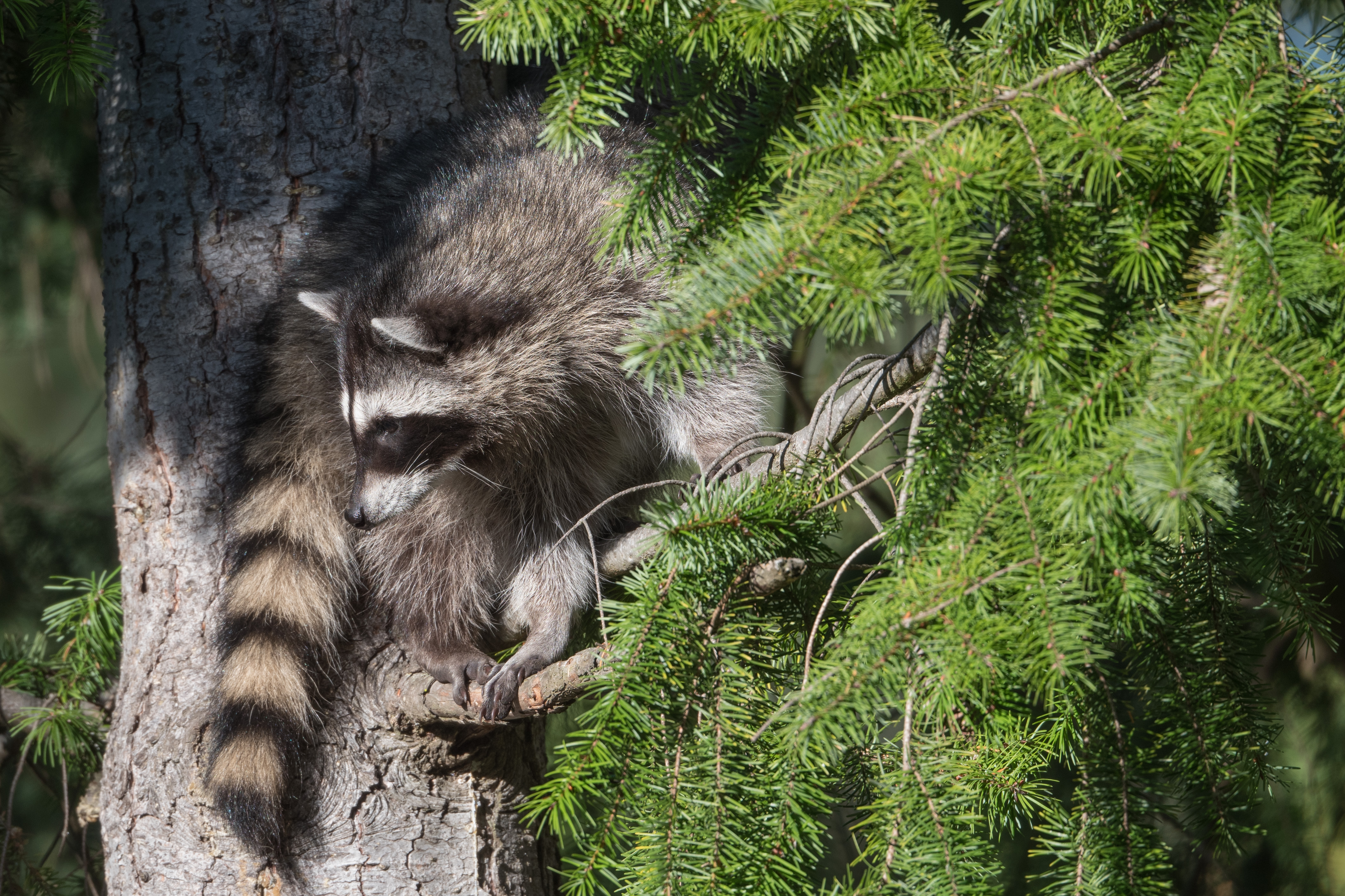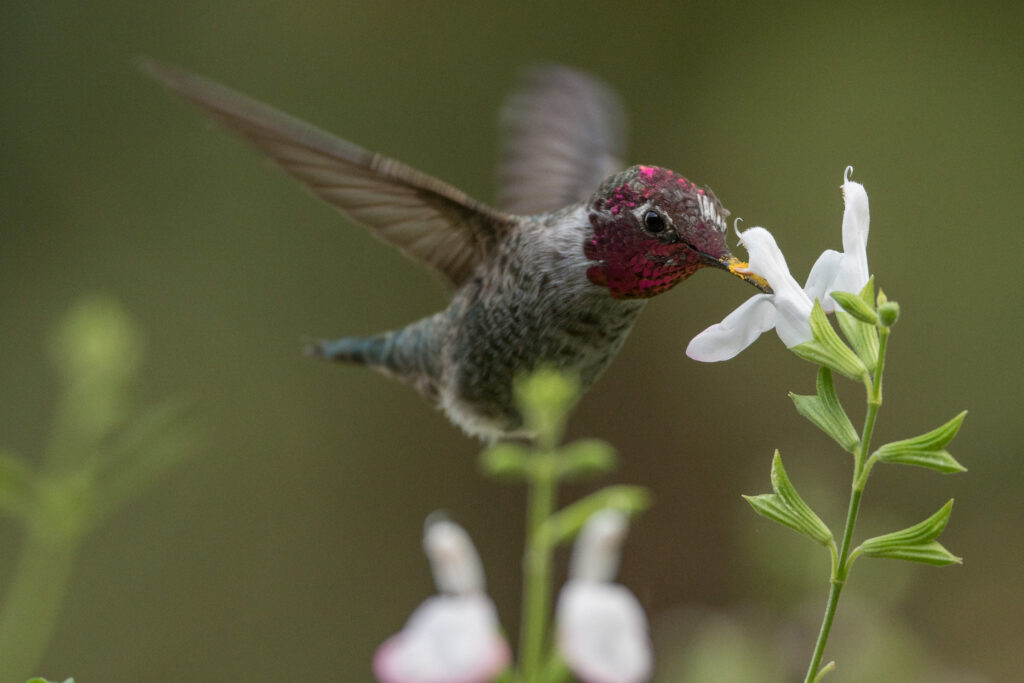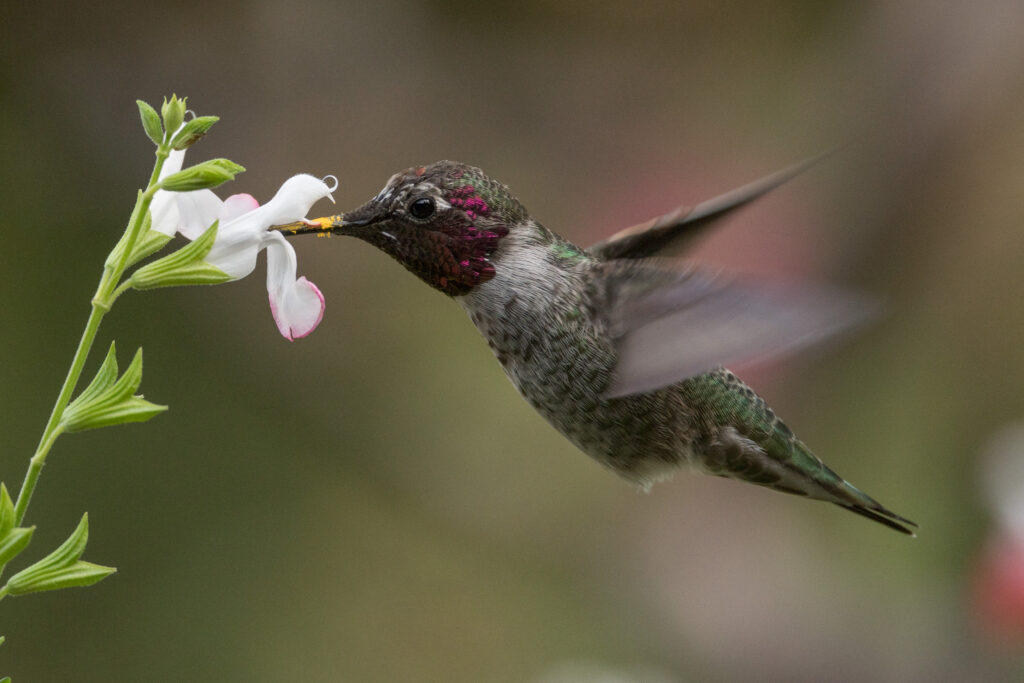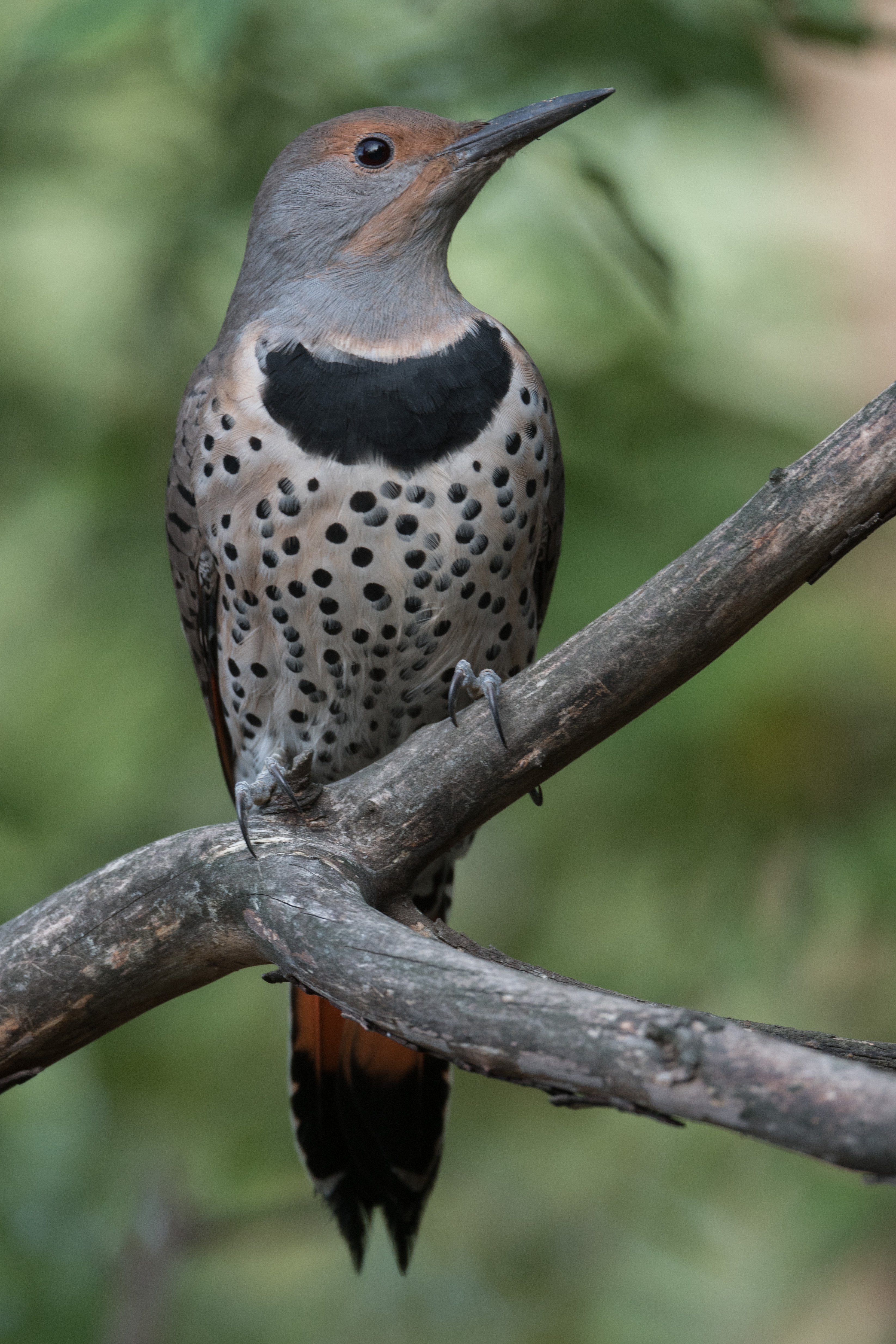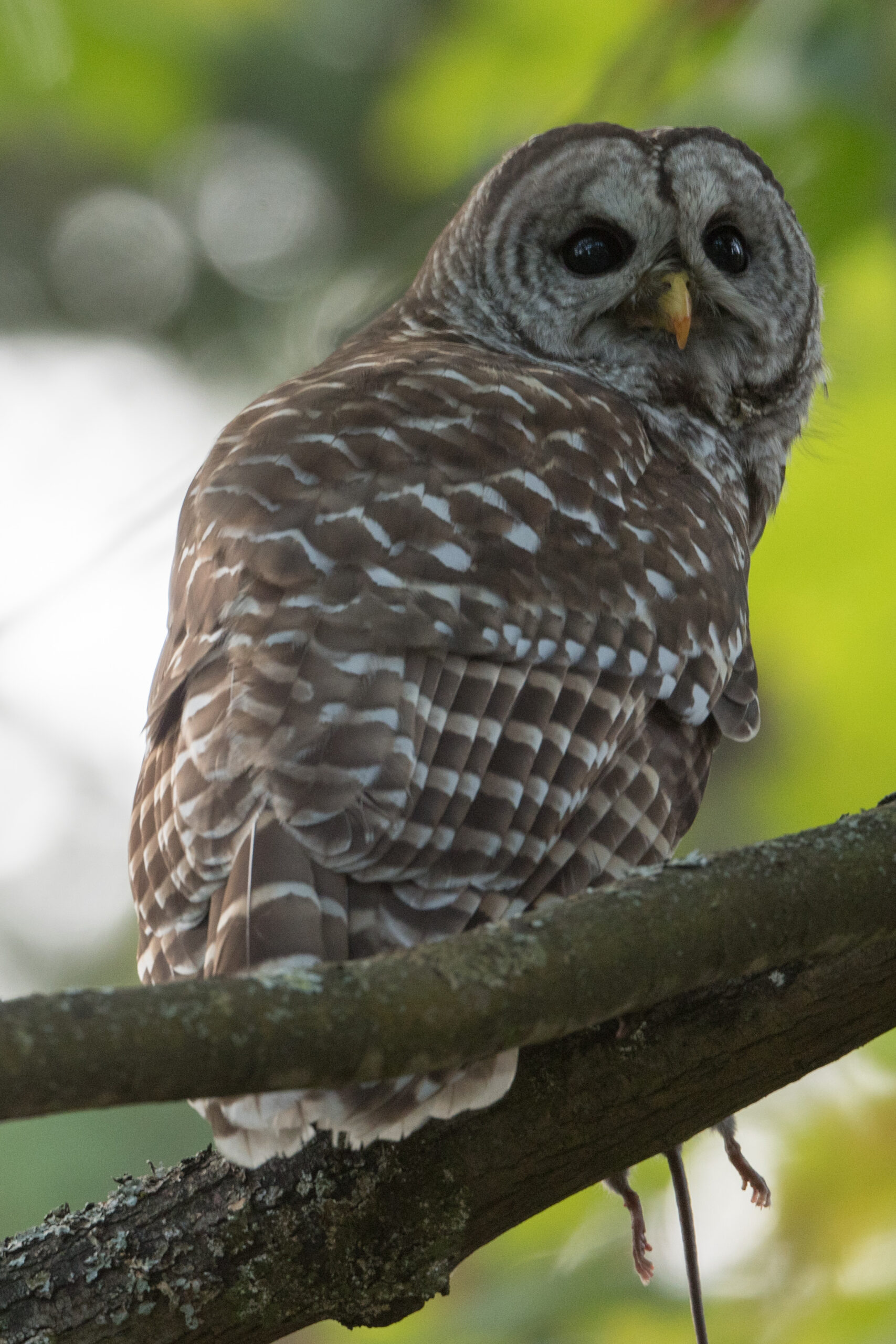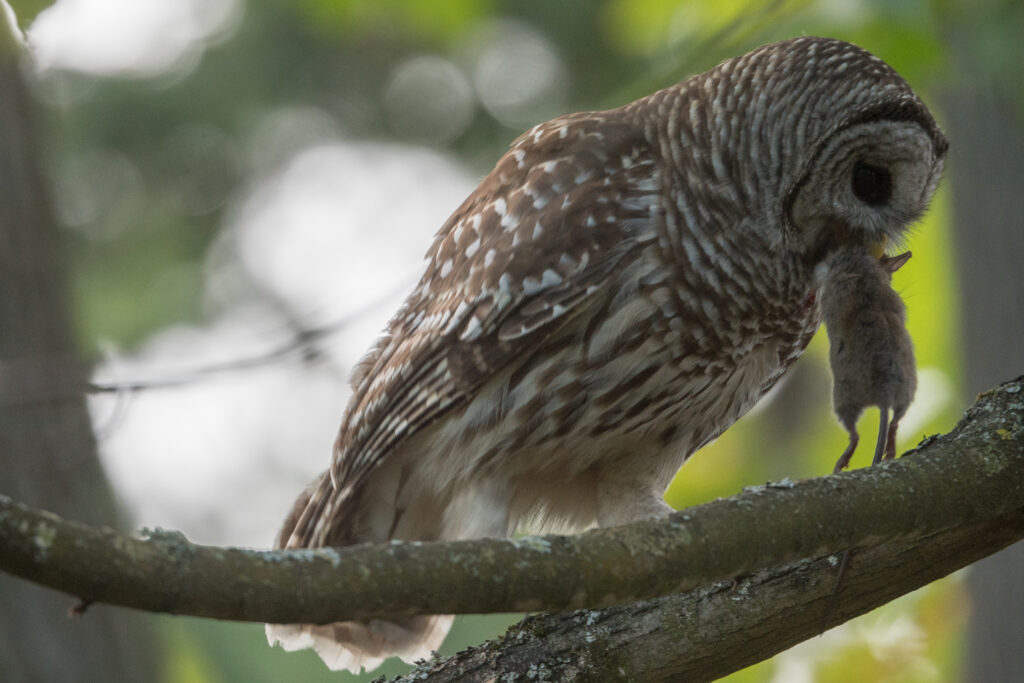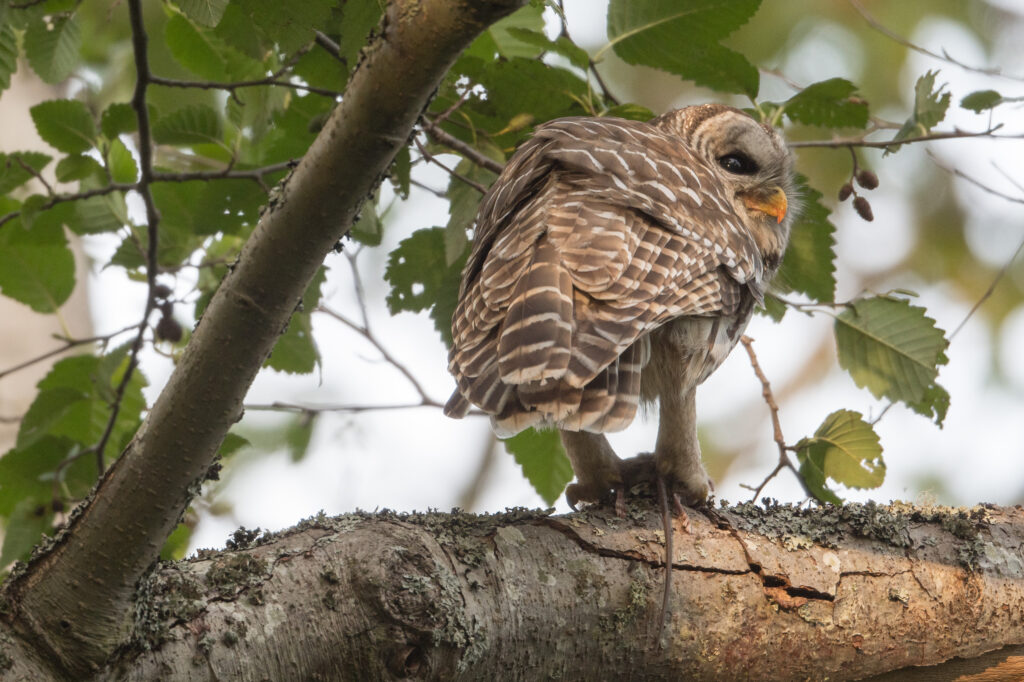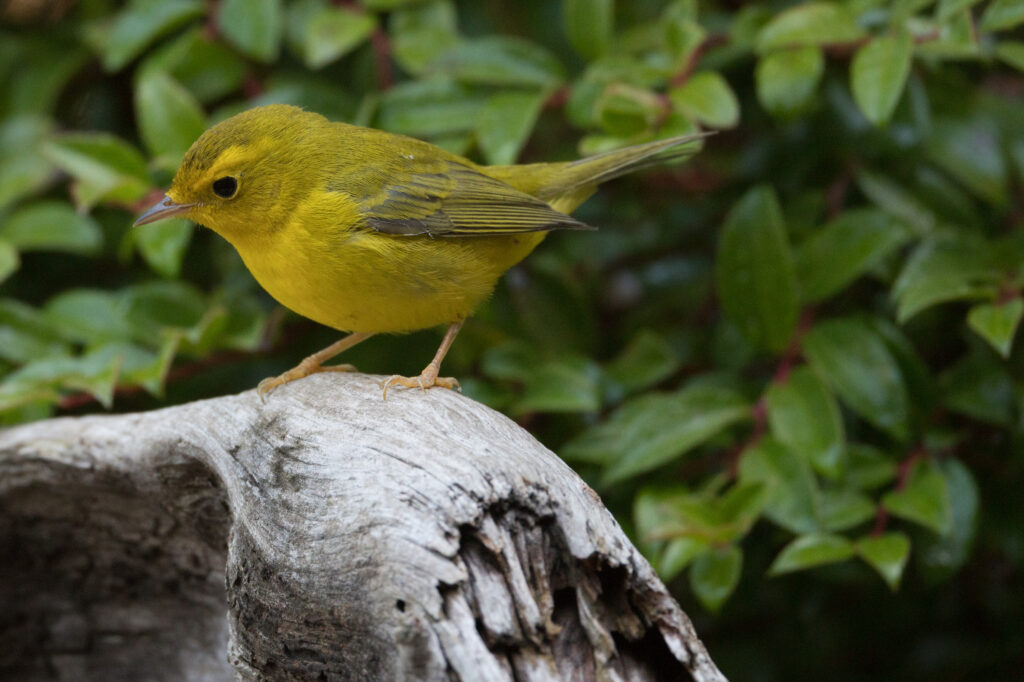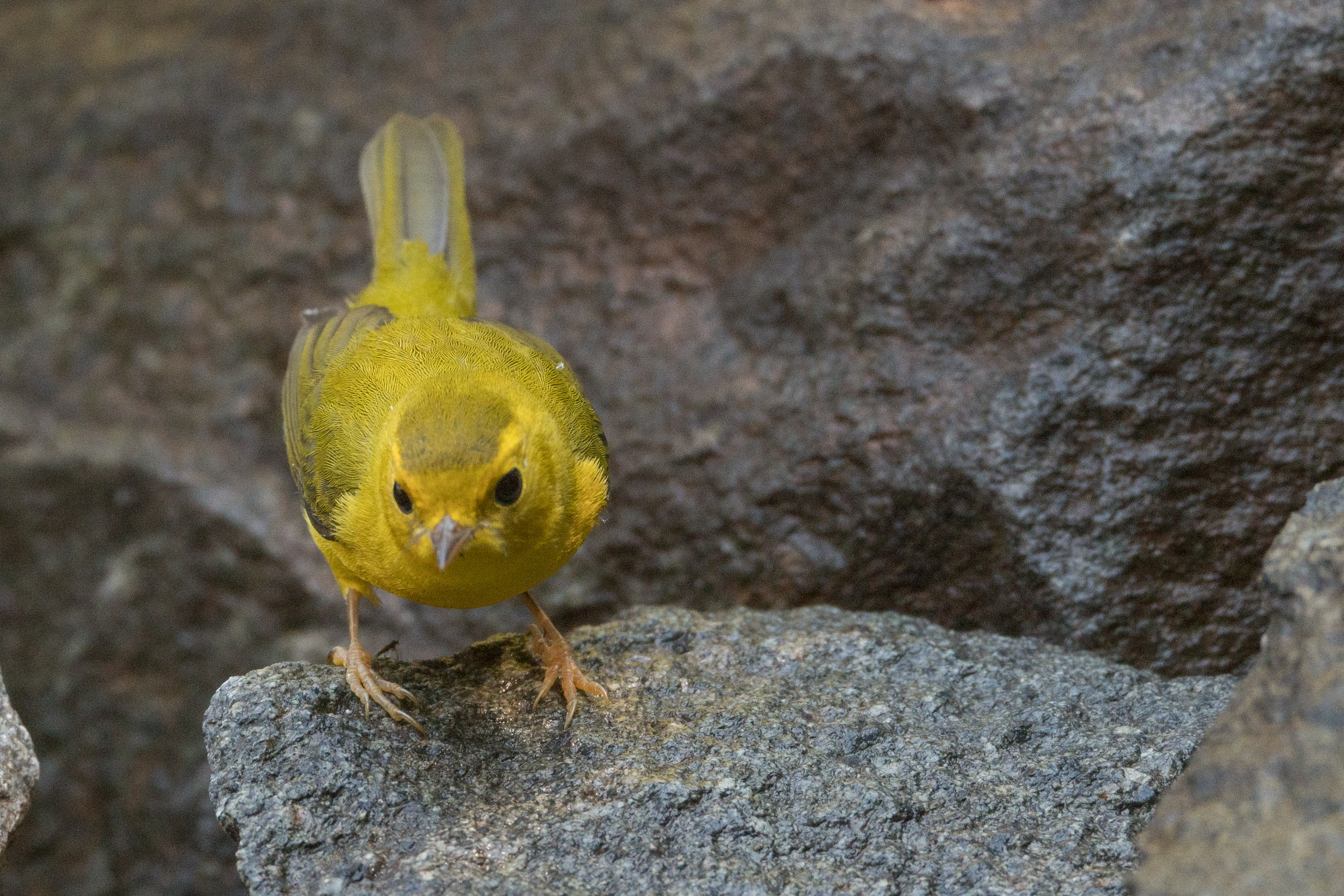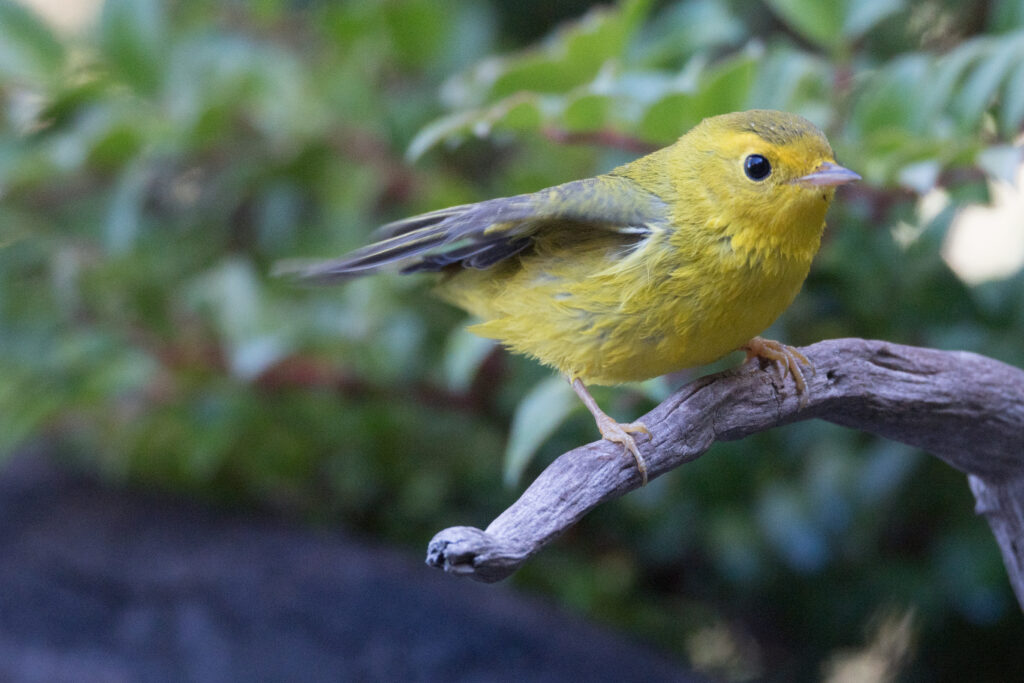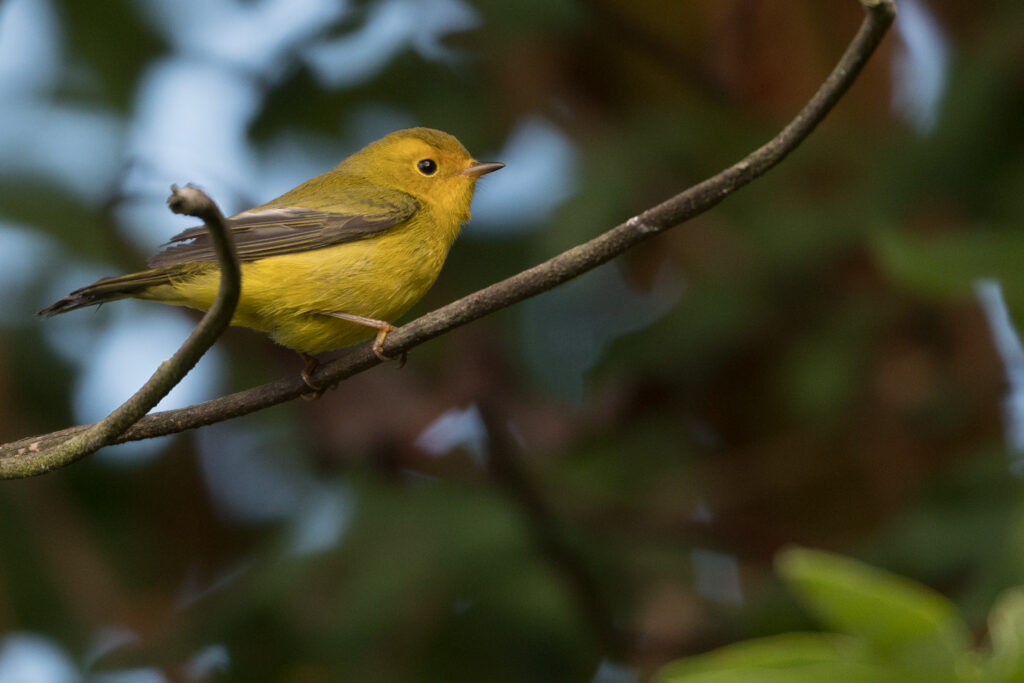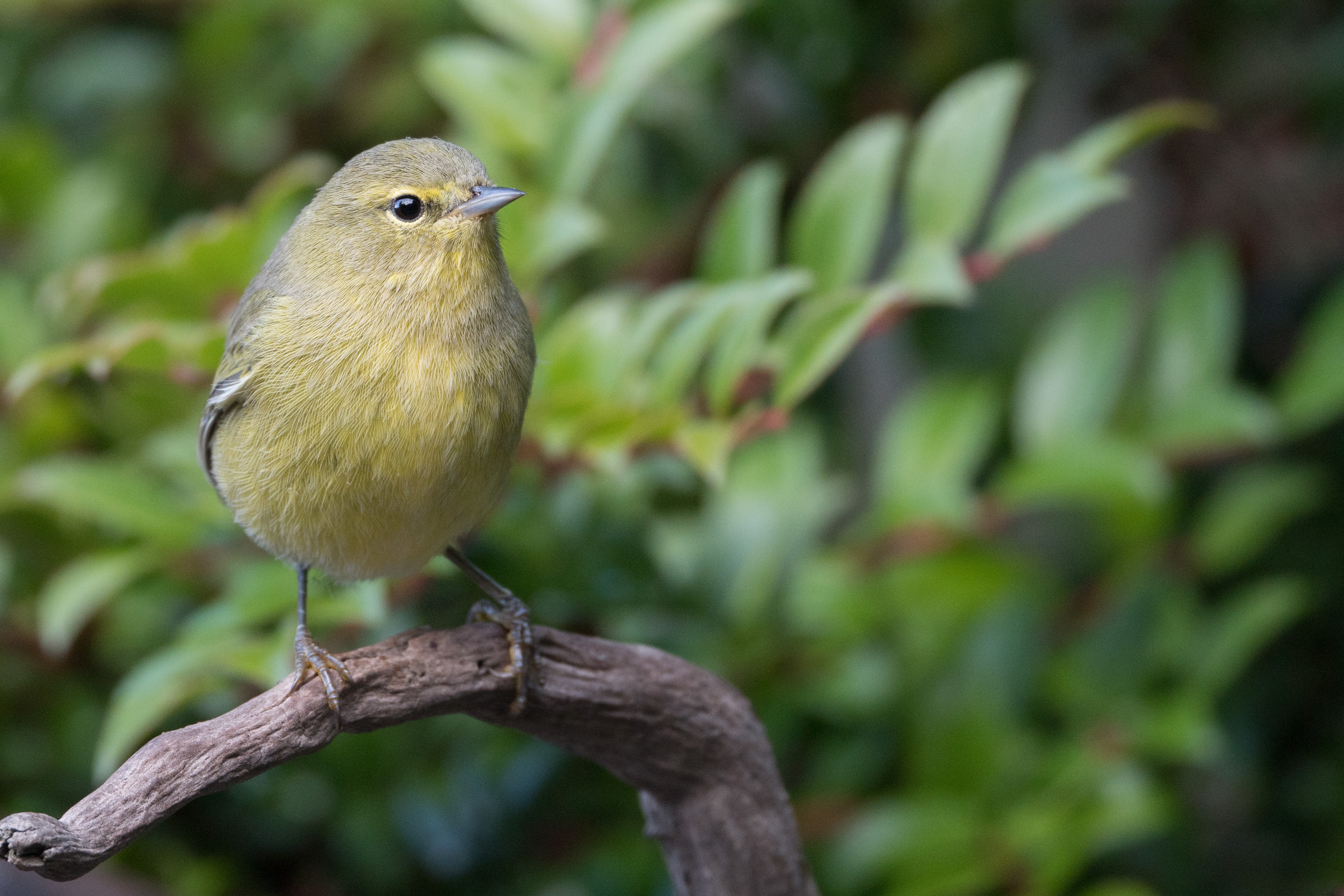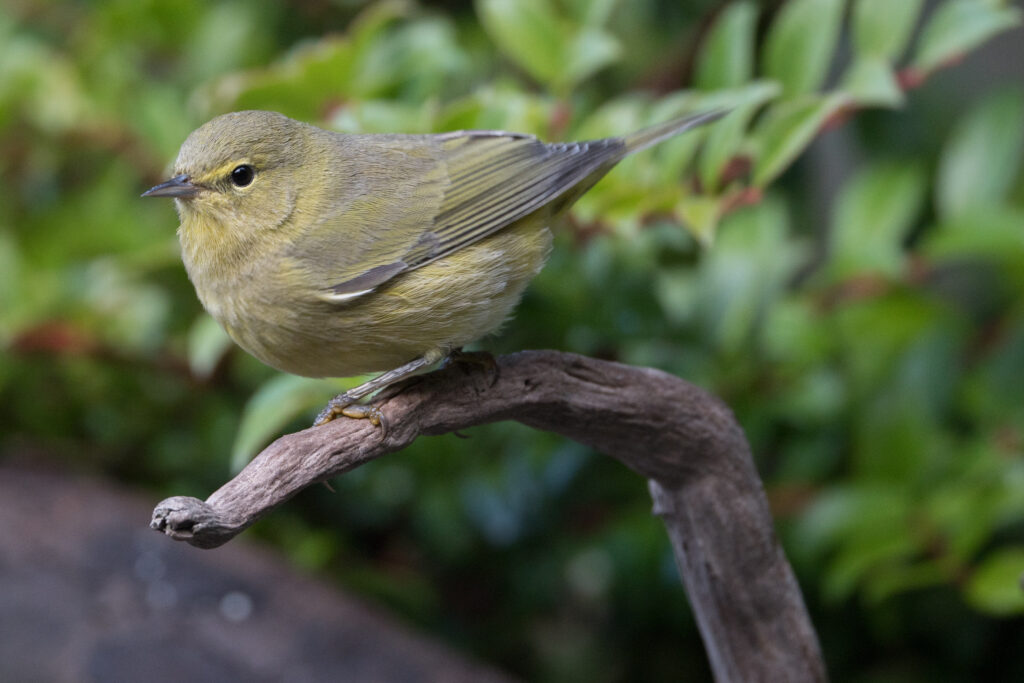Our day here in Anacortes began with rain so I skipped my usual morning walk in the park. The rain didn’t last long and I decided on a birding excursion, my first of the fall season, when it became apparent that the weather was going to improve.
I photographed a Capian tern and Bald eagle on March Point.
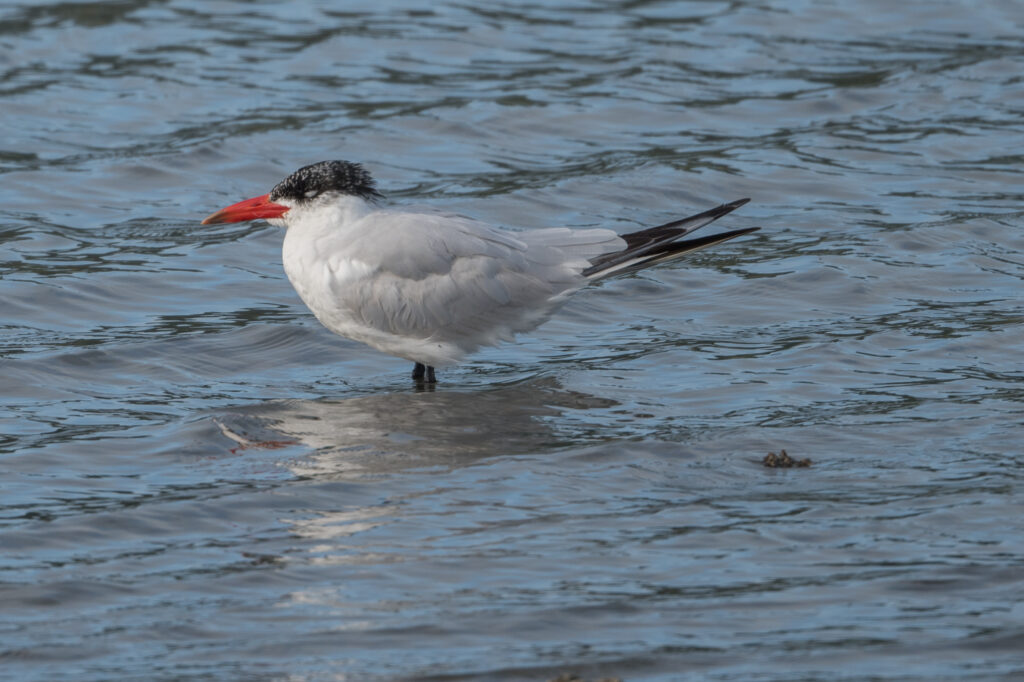
My first good photos were of Savanna sparrows in a field on Fir Island.
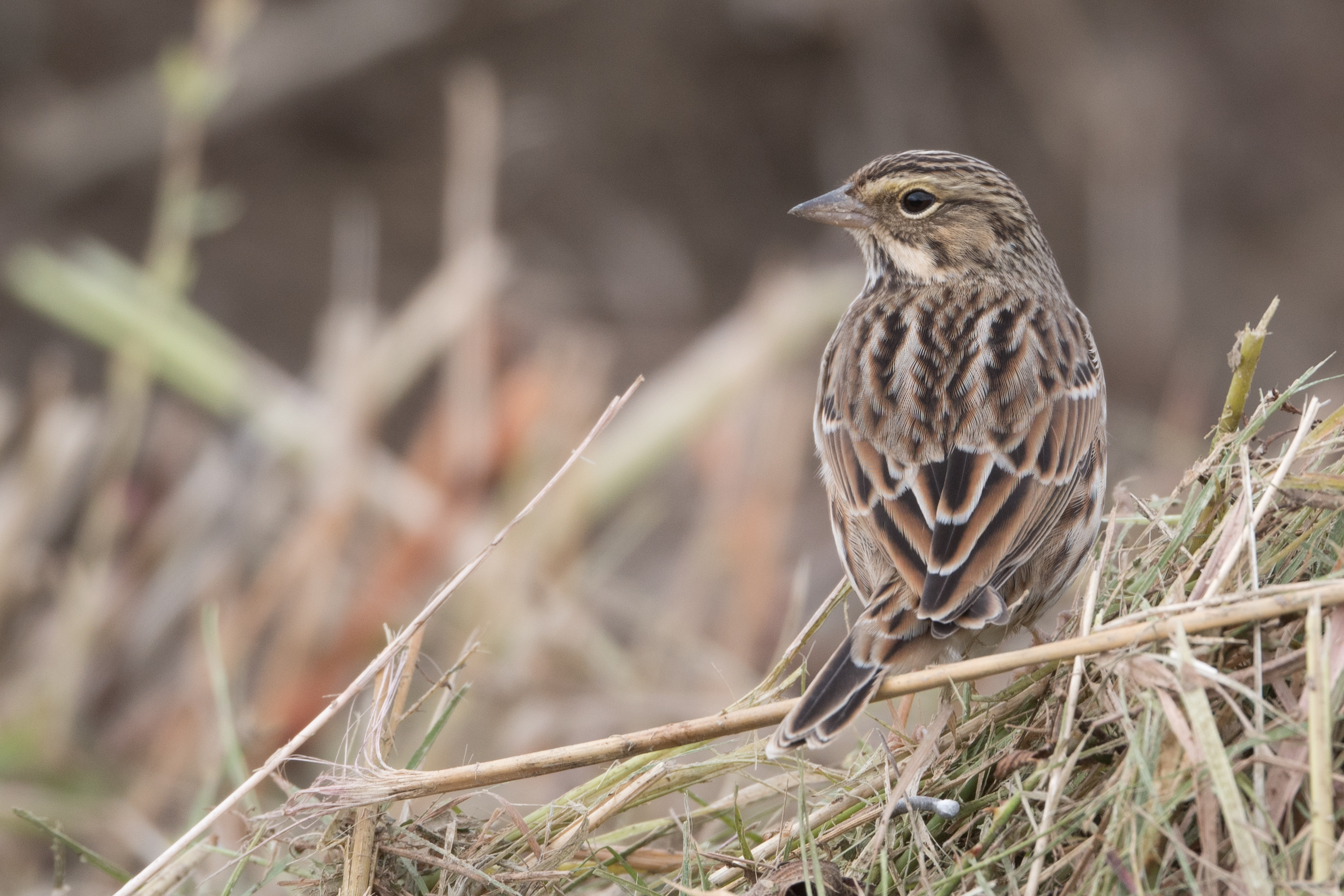
In the same area I was surprised to lure a male Common yellowthroat out of the weeds along a ditch when ‘pishing’ to gain a Song sparrow’s attention.
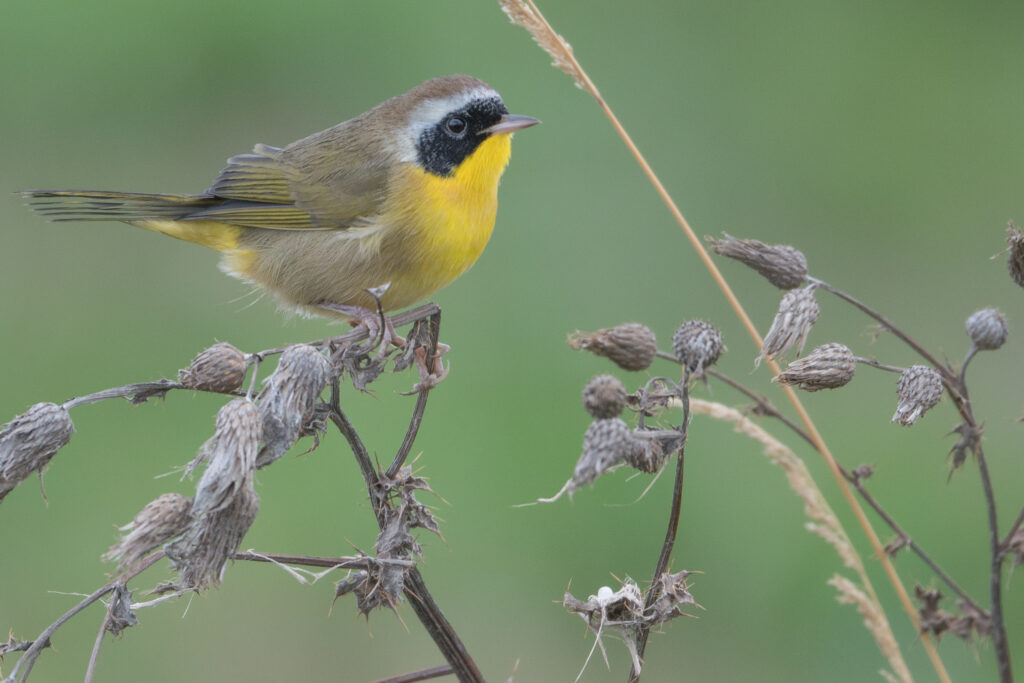
Further along my way I photographed this Great Blue heron.
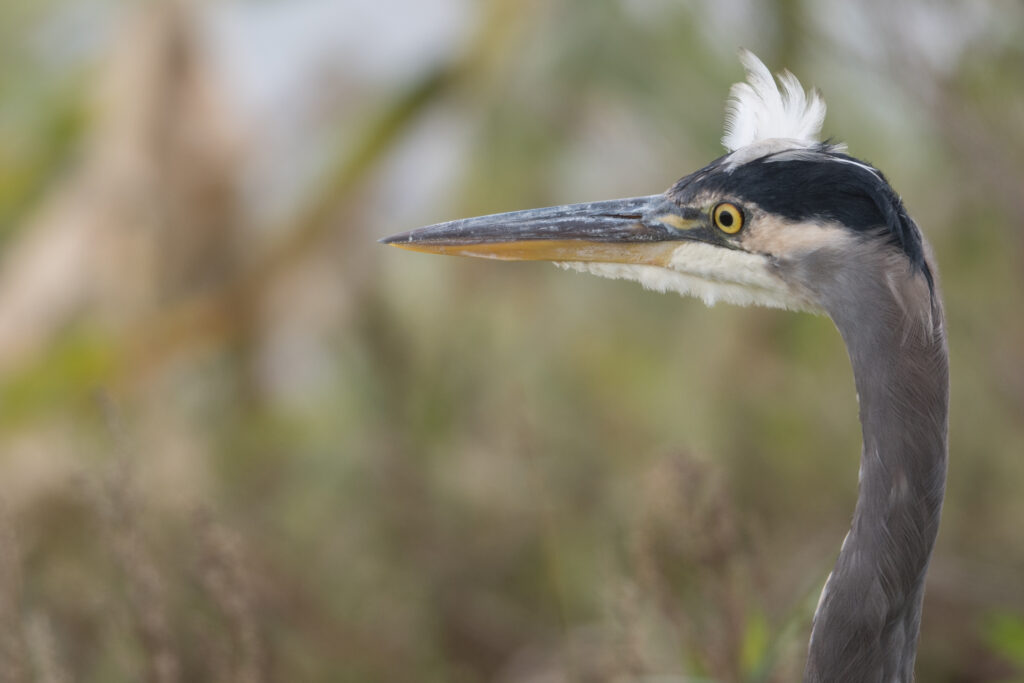
I ran into a birding friend at one of the wildlife access areas and he told me about a Black-necked stilt at another of the wildlife access areas (Hayton). I later photographed the stilt along with several Greater yellowlegs. This is the first stilt I’ve ever photographed in the Pacific Northwest!
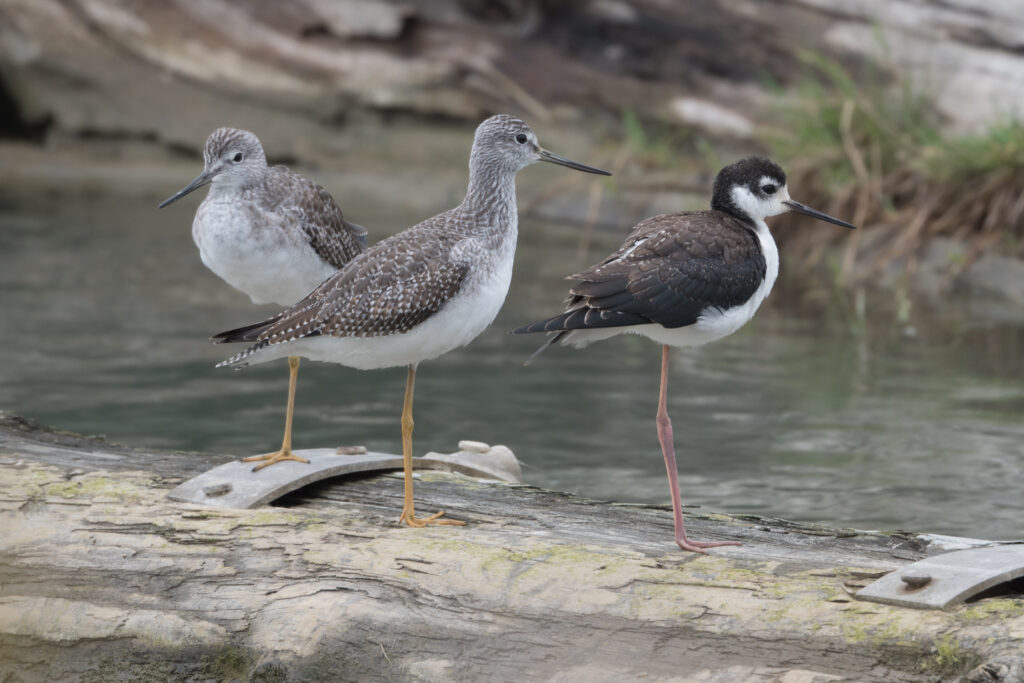
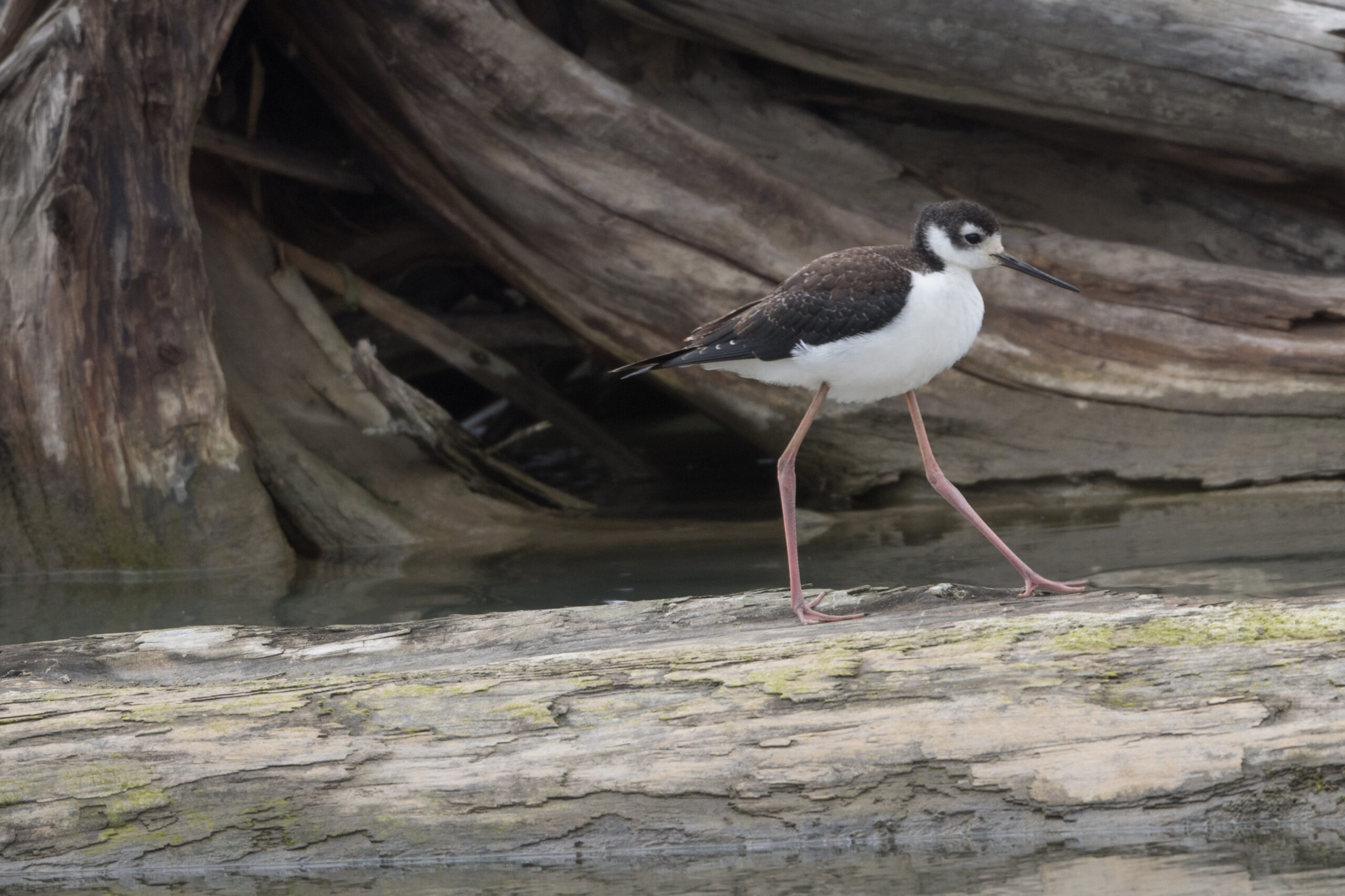
I was also told that there was a White-faced ibis in the area but I didn’t see it.
I obtained some photos of a Song sparrow while in the area of the stilt.
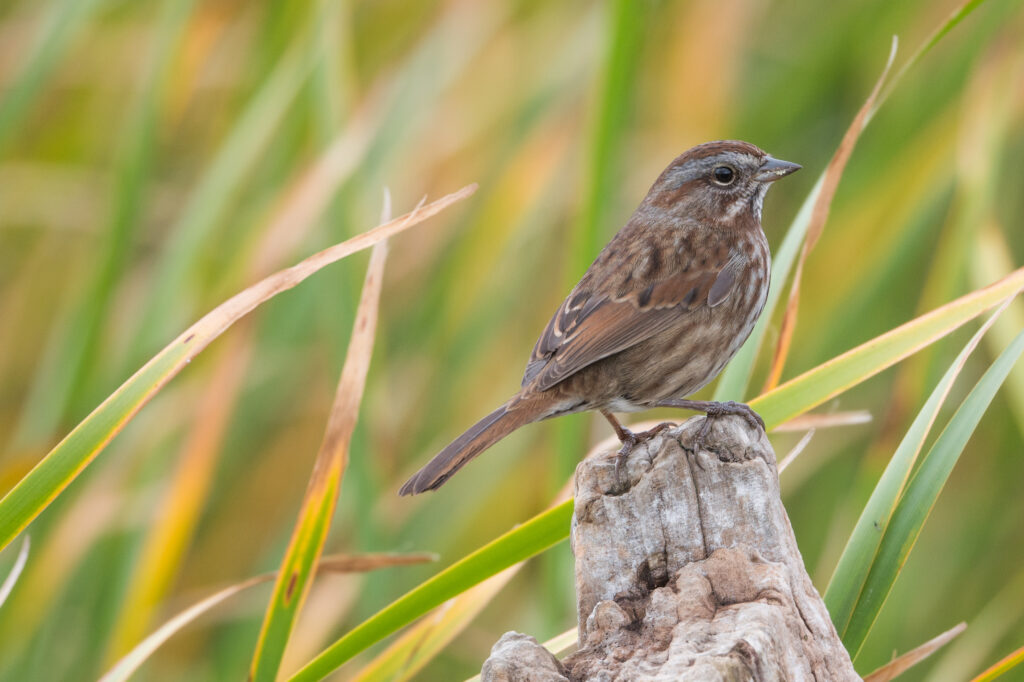
At the HQ tract on Fir Island I saw, but didn’t get good photos of, about ten Wood ducks.
There were already at least hundreds, if not thousands, of Snow geese, Canada geese (and probably other species of geese) both on the ground and flying over the island. They’ll be with us for the winter.
And that’s my early season bird report!

